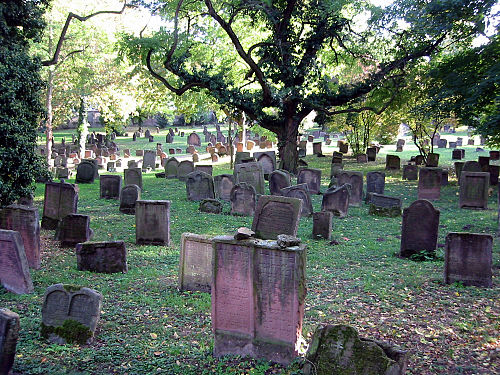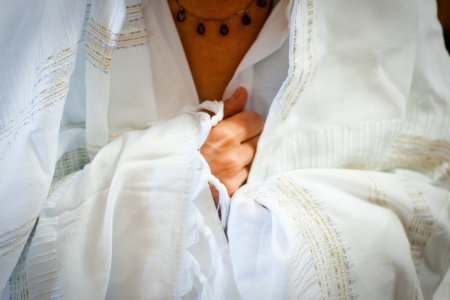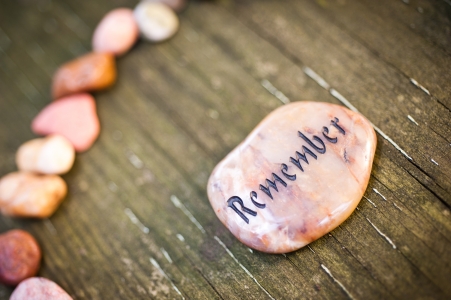Photo of Heiliger Sand, oldest Jewish cemetery in Europe, located in Worms.
According to one tradition, Eyleh Ezkerah (the Martyrology section of the Yom Kippur service) was composed after the First Crusade in 1096.
As we remember the teachers and leaders who were martyred over the centuries, it is appropriate to remember a great teacher from the medieval period. Dulcie of Worms was martyred in 1196 after she witnessed the murder of her children by Crusader soldiers. Her bereaved husband memorialized her life in a poem based on Eshet Hayil, the last chapter of the book of Proverbs describing the Woman of Valor.
Born around 1163, Dulcie was part of a well-known scholarly Franco-German family. One source states that she was the great-granddaughter of the biblical commentator Rashi. She married Rabbi Eliezer ben Yehudah of Worms, a leader of the Hasidei Ashenaz who is best known for his book of Jewish law, the Rokeach.
Dulcie was a learned and religious woman. She was involved in many synagogue activities. She made wicks for the synagogue candles, sewed forty Torah scrolls, attended synagogue regularly, coming early and staying late. She taught other women and led them in prayer in the women’s section. She also supported her husband’s students through her business ventures.
Rabbi Eliezer’s poem recounts that he was teaching his students a section of Genesis when two crusaders broke into his house. Dulcie was wounded and tried to get help. Her daughters were beheaded before her eyes. Then Dulcie herself was killed. Rabbi Eliezer and their son were seriously wounded and the son later died.
Rabbi Eliezer wrote an elegy for Dulcie as the introduction to his book Hokhmat Ha-Lev, Wisdom of the Heart, published in 1217.
May the memory of this remarkable woman be an inspiration to us. May she be remembered with all the other Jews of history who died al kiddush ha-Shem, as martyrs for God.
Originally published in New Menorah, the quarterly journal of ALEPH: Alliance for Jewish Renewal, www.aleph.org, Autumn 1998.













